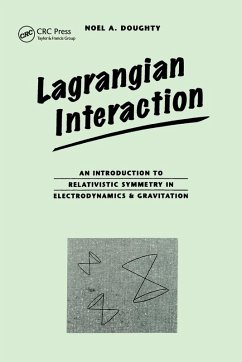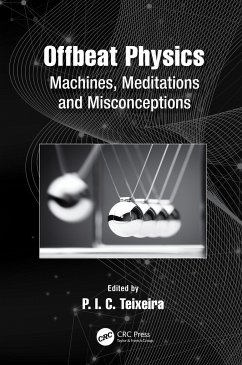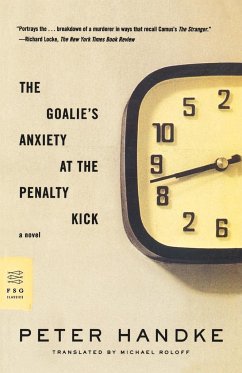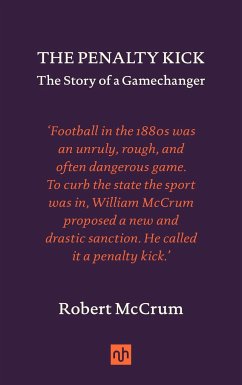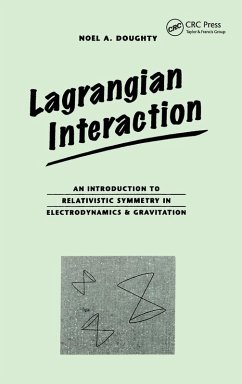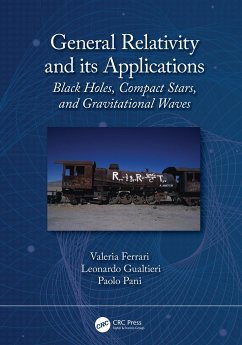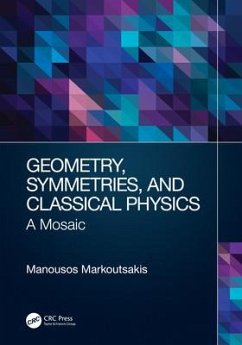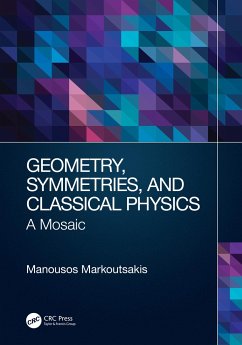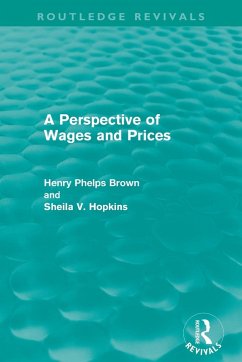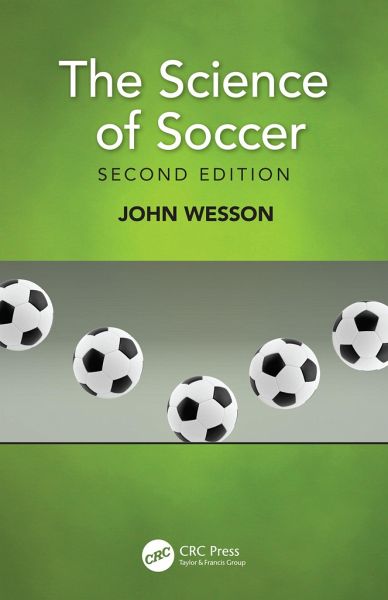
The Science of Soccer
Versandkostenfrei!
Versandfertig in 6-10 Tagen
26,99 €
inkl. MwSt.
Weitere Ausgaben:

PAYBACK Punkte
13 °P sammeln!
Updated and revised throughout, this new edition of The Science of Soccer applies scientific analysis to football, giving us the answers to questions like "what's the chance of a team that wins the Premiership also winning the Cup? Can you predict how many goals will be scored? What's the best height for footballers? Is the team that wins the league the best team?"Starting with a qualitative description of the basic physics that relate to the ball and its bounce, the author then moves through kicks and throws, to a simple account of the more complex physics of a ball in flight. Fulfilling your...
Updated and revised throughout, this new edition of The Science of Soccer applies scientific analysis to football, giving us the answers to questions like "what's the chance of a team that wins the Premiership also winning the Cup? Can you predict how many goals will be scored? What's the best height for footballers? Is the team that wins the league the best team?"
Starting with a qualitative description of the basic physics that relate to the ball and its bounce, the author then moves through kicks and throws, to a simple account of the more complex physics of a ball in flight. Fulfilling your scientific curiosity, this book uncovers aspects of the game that are not normally discussed. It includes a look at game theory, how the rules affect the flow and enjoyment of the game, unusual statistics about players, and an insight into the economics of the game.
For those with a more mathematical interest in the physics, the final chapter provides a readable accountof the theory behind the beautiful game.
Features:
Accessible to anyone interested in understanding more about the science behind the sport
Updated throughout, with new content on transfer fees, wages, and the top goal-scorers
Discusses topics not explored in current literature, including rudimentary game theory
Starting with a qualitative description of the basic physics that relate to the ball and its bounce, the author then moves through kicks and throws, to a simple account of the more complex physics of a ball in flight. Fulfilling your scientific curiosity, this book uncovers aspects of the game that are not normally discussed. It includes a look at game theory, how the rules affect the flow and enjoyment of the game, unusual statistics about players, and an insight into the economics of the game.
For those with a more mathematical interest in the physics, the final chapter provides a readable accountof the theory behind the beautiful game.
Features:
Accessible to anyone interested in understanding more about the science behind the sport
Updated throughout, with new content on transfer fees, wages, and the top goal-scorers
Discusses topics not explored in current literature, including rudimentary game theory





